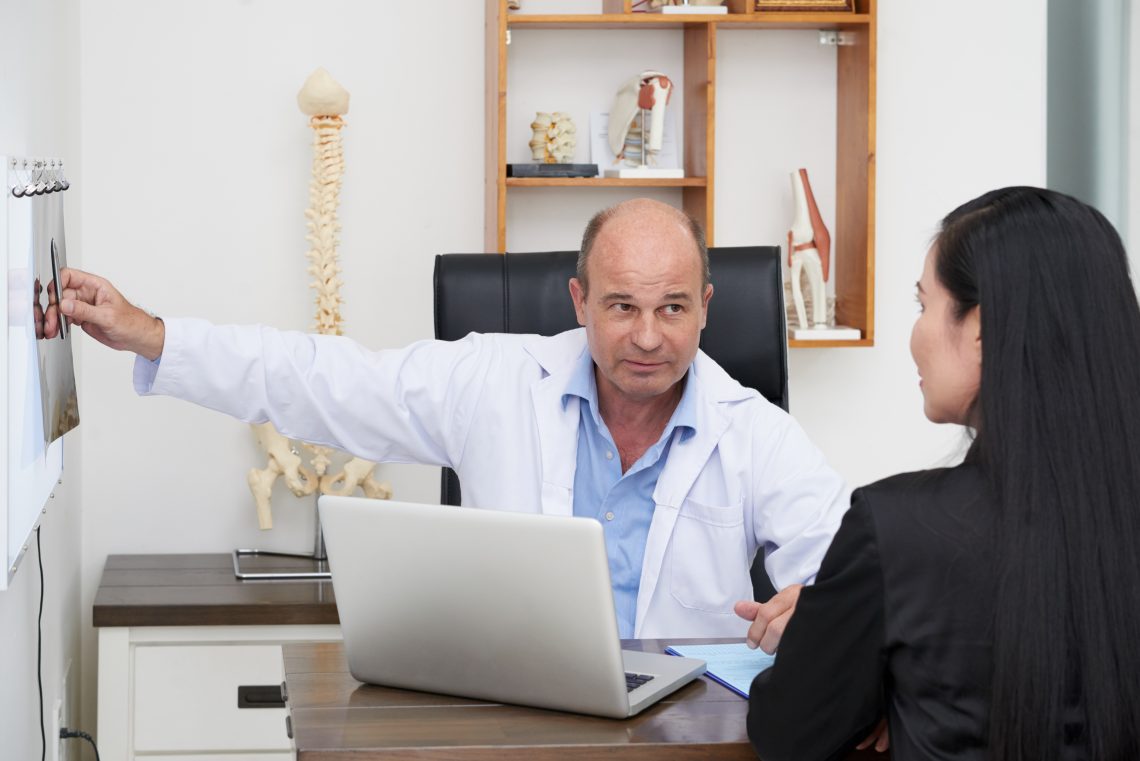Osteopathy is a hands-on therapy that focuses on improving the body’s natural ability to heal itself by treating the musculoskeletal system including bones, muscles, and joints. It’s commonly used to relieve back pain, neck stiffness, joint problems, and even chronic conditions like arthritis and sciatica.
One of the most common questions patients have before starting treatment is “How long does osteopathy take to work?” The answer depends on several factors, including the nature of the problem, your overall health, and how your body responds to manual therapy.
Let’s explore how osteopathy works, what affects your recovery timeline, and how you can get the best results from treatment.
Understanding How Osteopathy Works
Osteopathy is based on the principle that the body functions as a unified system. When one part is restricted or misaligned, it affects the whole body’s balance. An osteopath uses gentle manipulation, stretching, and massage to improve joint mobility, enhance blood flow, and relieve tension in muscles.
This natural healing approach focuses on the root cause rather than just symptoms. For example, if you have back pain, the osteopath will not only treat your spine but also evaluate your posture, gait, and muscle balance. This holistic assessment helps in achieving long-lasting relief.
If you’re specifically dealing with back pain, you may also want to read Does Osteopathy Work for Back Pain, which explains how osteopathy targets spinal misalignment and muscular tension to ease discomfort.
How Soon Can You Feel the Results?
The timeline for improvement varies from person to person, but here’s a general idea:
- After the first session:
Some people feel immediate relief after their initial osteopathy session, especially when dealing with mild muscle stiffness or acute tension. You may notice better mobility and reduced pain right away. - After 2–3 sessions:
For most conditions, noticeable improvement occurs after 2 to 3 treatments. This happens because the body takes time to adjust and respond to the realignment and improved circulation caused by osteopathic manipulation. - After 4–6 sessions:
Chronic issues such as arthritis, long-term back pain, or postural imbalances may take around 4 to 6 sessions to show consistent improvement. Your osteopath may also suggest lifestyle changes and exercises to complement the treatment.
Remember, osteopathy doesn’t provide an instant fix. It encourages your body to heal naturally, which takes time and patience.
Factors That Influence Recovery Time
Several factors determine how long osteopathy takes to work for each individual:
- Nature of the Condition
Acute problems like muscle strain or a recent back injury may respond faster. Chronic conditions such as arthritis, sciatica, or postural misalignment may take longer due to long-term tissue changes.
To learn more about natural recovery for nerve-related pain, you can check How to Get Relief from Sciatica Back Pain. - Frequency of Treatment
Your osteopath may recommend weekly sessions at the start, gradually reducing frequency as your condition improves. Consistency is key skipping sessions can delay progress. - Lifestyle and Posture
Daily habits, posture, work ergonomics, and physical activity play a crucial role in recovery. If you have poor posture, incorporating exercises or visiting a chiropractor can help improve alignment. You can explore Can a Chiropractor Fix My Posture to understand more about posture correction techniques. - Body’s Healing Response
Everyone’s body heals differently. Age, fitness level, stress, sleep quality, and diet all affect how quickly osteopathy produces results.
What to Expect During Osteopathy Treatment
In your first session, the osteopath will take a full medical history and perform a physical assessment. They’ll check your posture, joint movement, and muscle tone to identify problem areas.
Treatment techniques may include:
- Soft tissue massage to release tight muscles
- Joint mobilization to restore natural movement
- Stretching and manipulation to improve alignment
- Trigger point therapy to relieve muscle knots (learn more in How to Release Trigger Points in Muscles)
After the session, you might feel mild soreness for 24–48 hours, this is normal as your body adjusts. Drinking plenty of water and resting helps speed up recovery.
How to Enhance the Results of Osteopathy
To make osteopathy more effective and long-lasting, combine it with simple lifestyle adjustments:
- Maintain good posture while sitting and standing.
- Stay active with regular stretching or low-impact exercises like walking or swimming.
- Manage stress tension often accumulates in muscles due to stress.
- Stay hydrated and follow a balanced diet to promote tissue healing.
- Follow aftercare advice from your osteopath to prevent recurrence.
For people with joint pain or arthritis, combining osteopathy with gentle movement such as swimming or yoga can improve flexibility and reduce pain. You can also check Does Swimming Help Arthritis for more insights on how water therapy benefits joint health.
When to Expect Full Recovery
For most patients, 4 to 8 weeks of regular osteopathy sessions lead to significant pain reduction and improved movement. Chronic issues might require ongoing maintenance sessions every few months to prevent symptoms from returning.
If you’ve been suffering from persistent pain, it’s important to communicate openly with your osteopath. They can adjust techniques, suggest home exercises, or refer you for complementary treatments like physiotherapy or chiropractic care for faster improvement.
When to Seek Immediate Help
While osteopathy is safe and effective for most people, if you experience severe or worsening symptoms like numbness, dizziness, or sharp pain after treatment, contact your healthcare provider immediately. These symptoms may indicate an underlying medical issue that requires further investigation.
Conclusion
Osteopathy can be a powerful and natural way to relieve pain, improve flexibility, and restore body balance but it’s not an overnight fix. Most people notice improvement within a few sessions, while long-term relief depends on consistency, posture, and overall health.
With regular treatment, proper self-care, and lifestyle adjustments, you can experience lasting relief from pain and stiffness allowing your body to move freely again.






